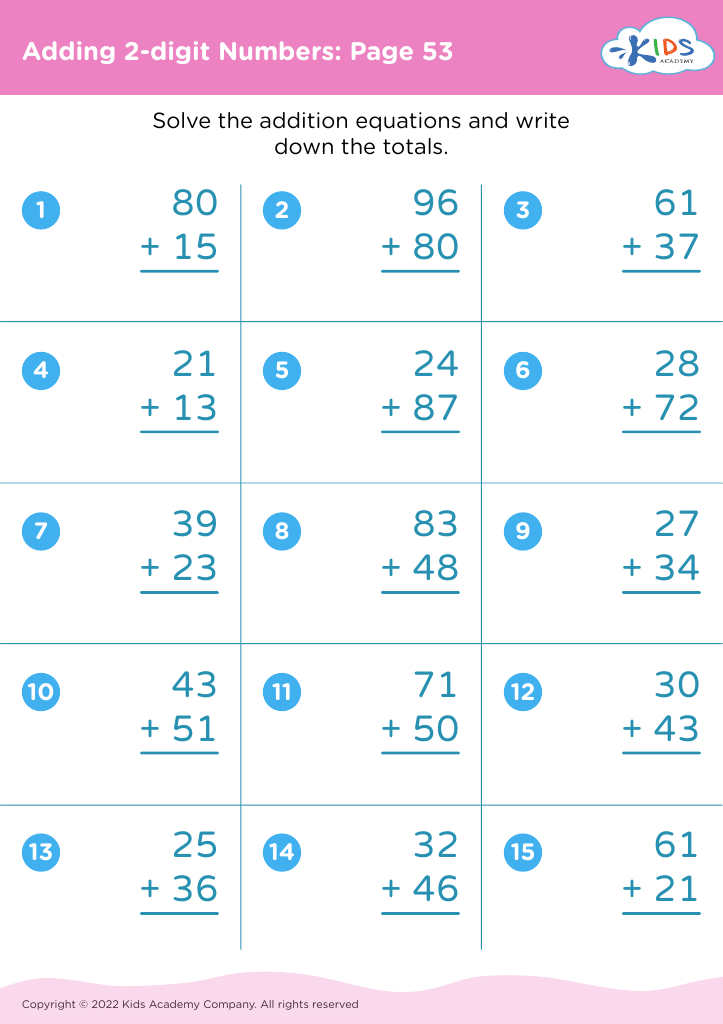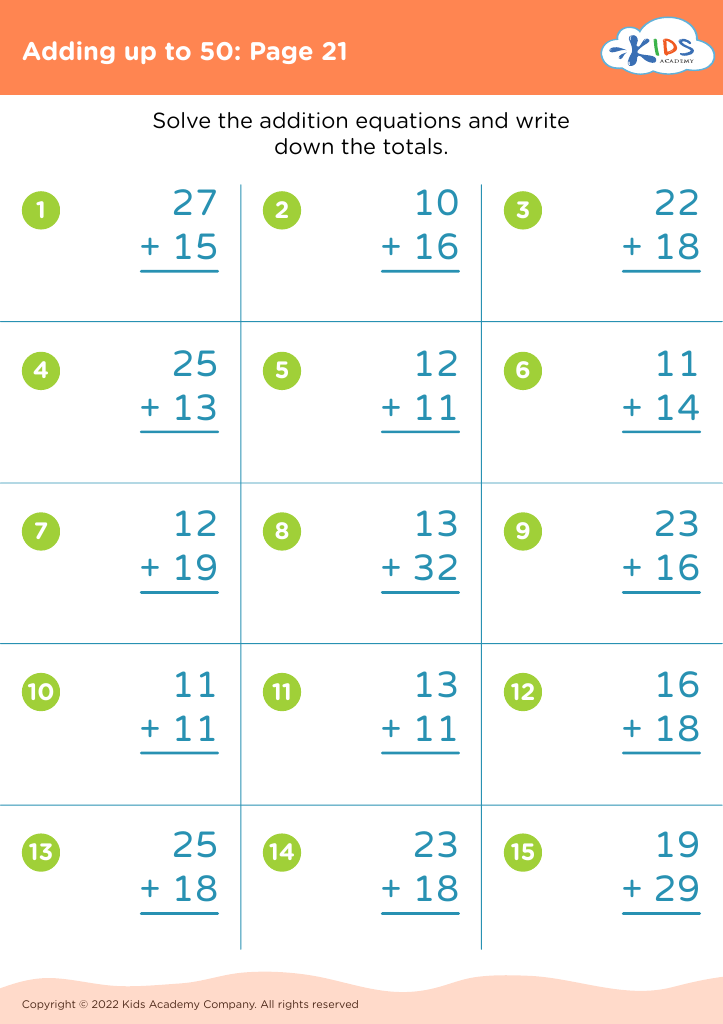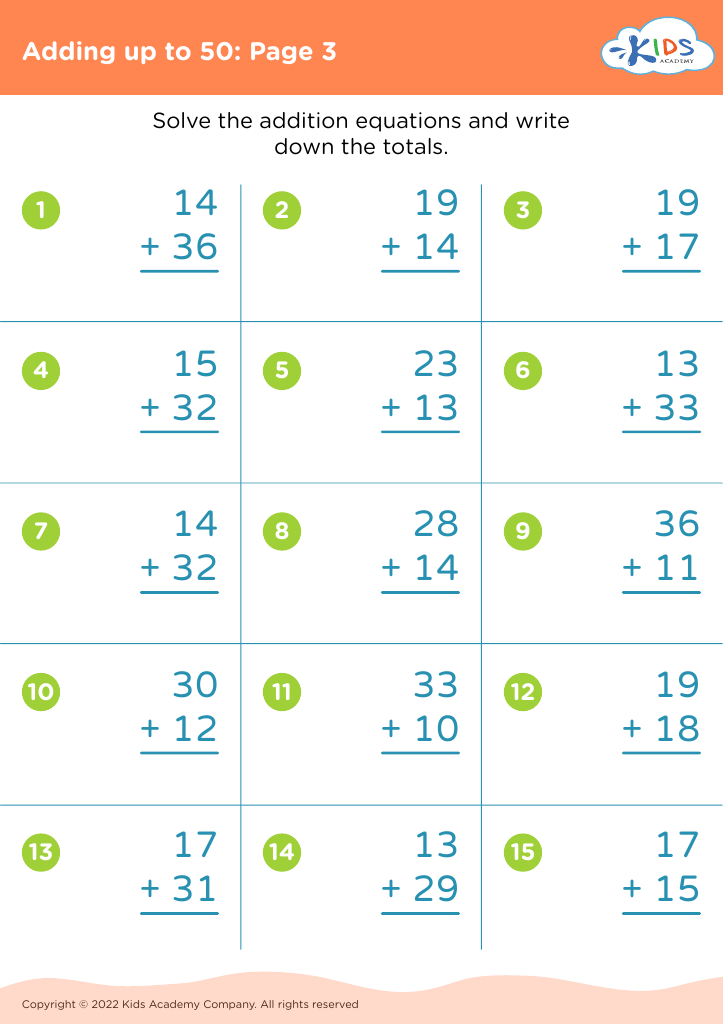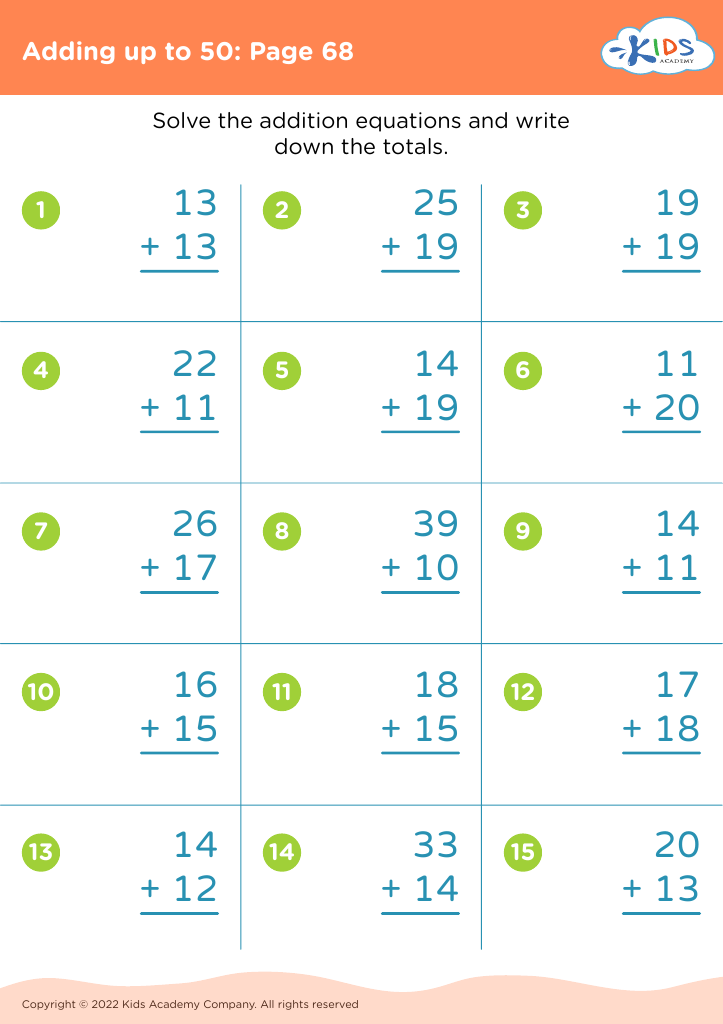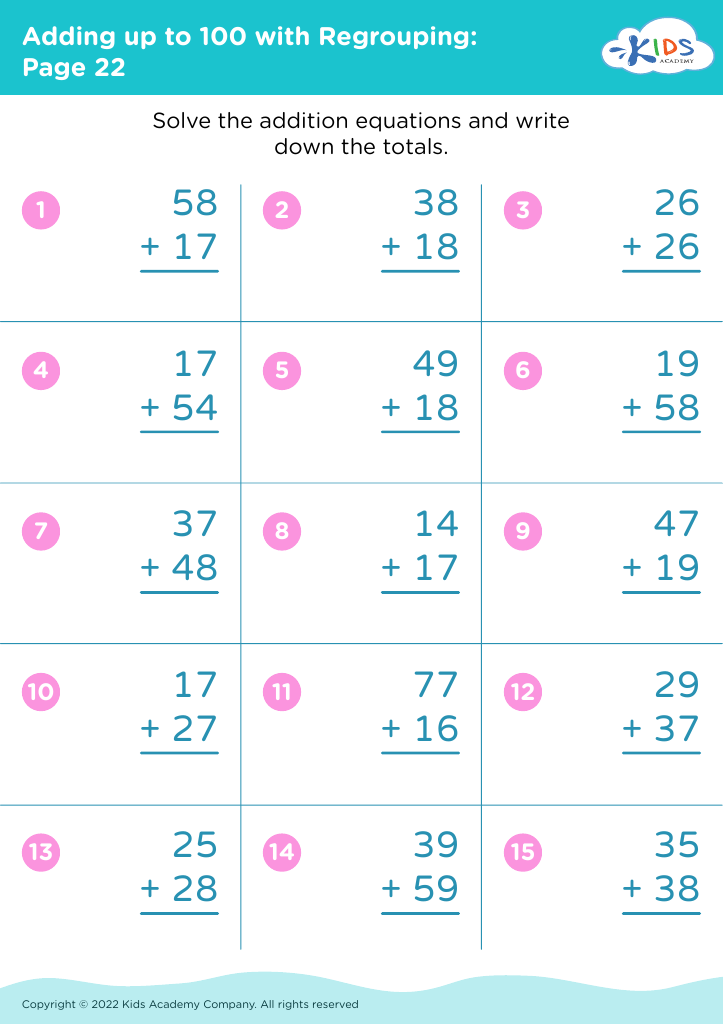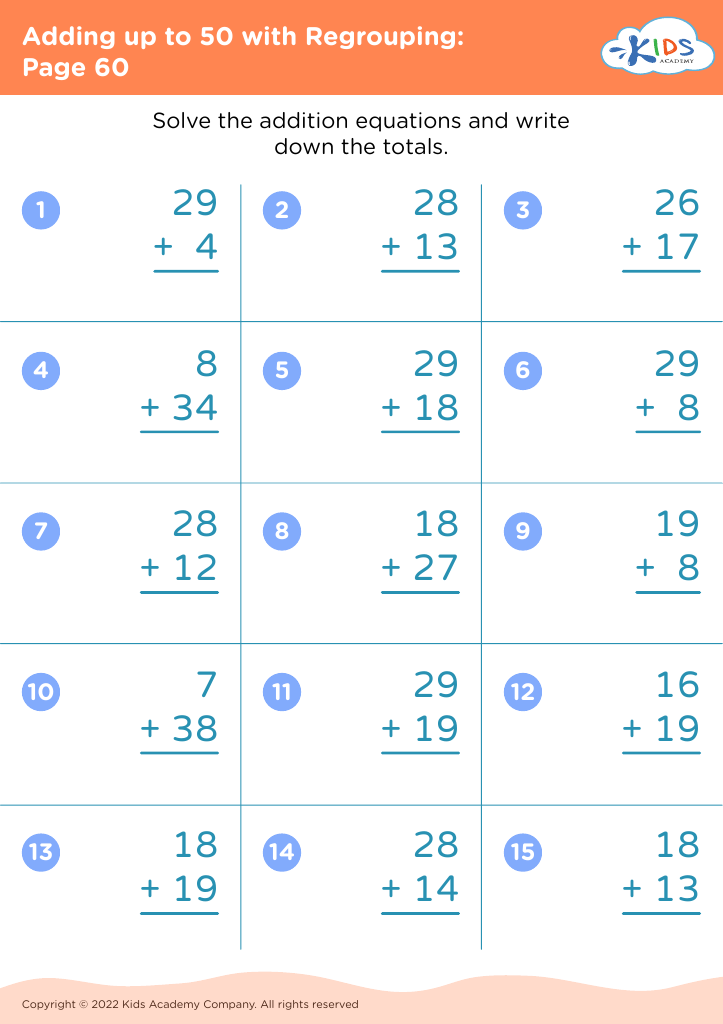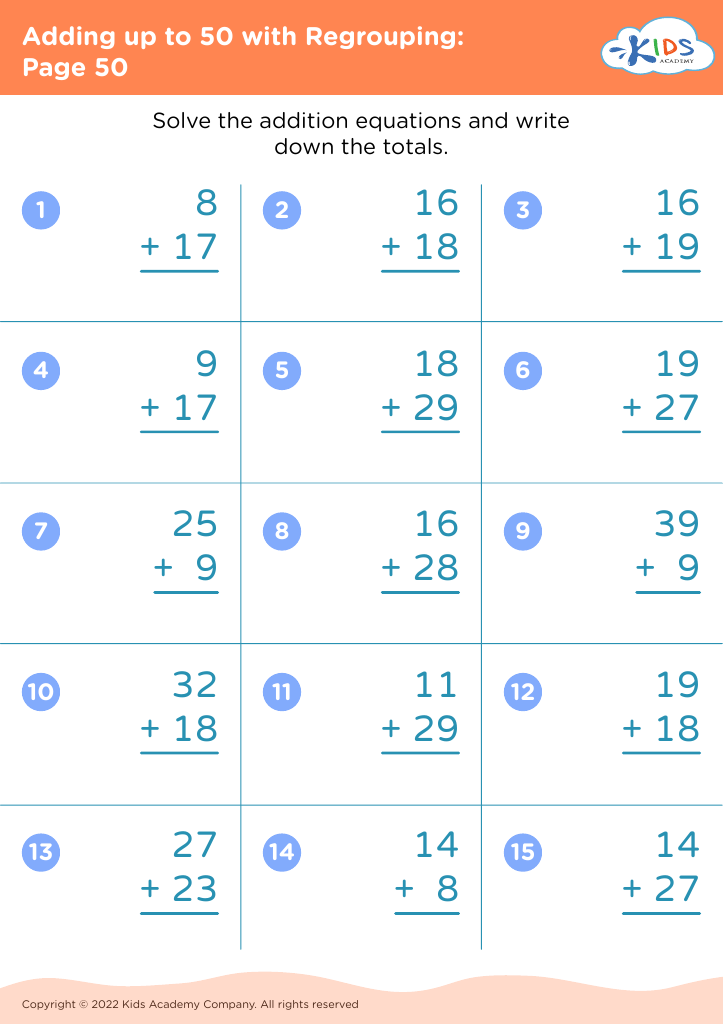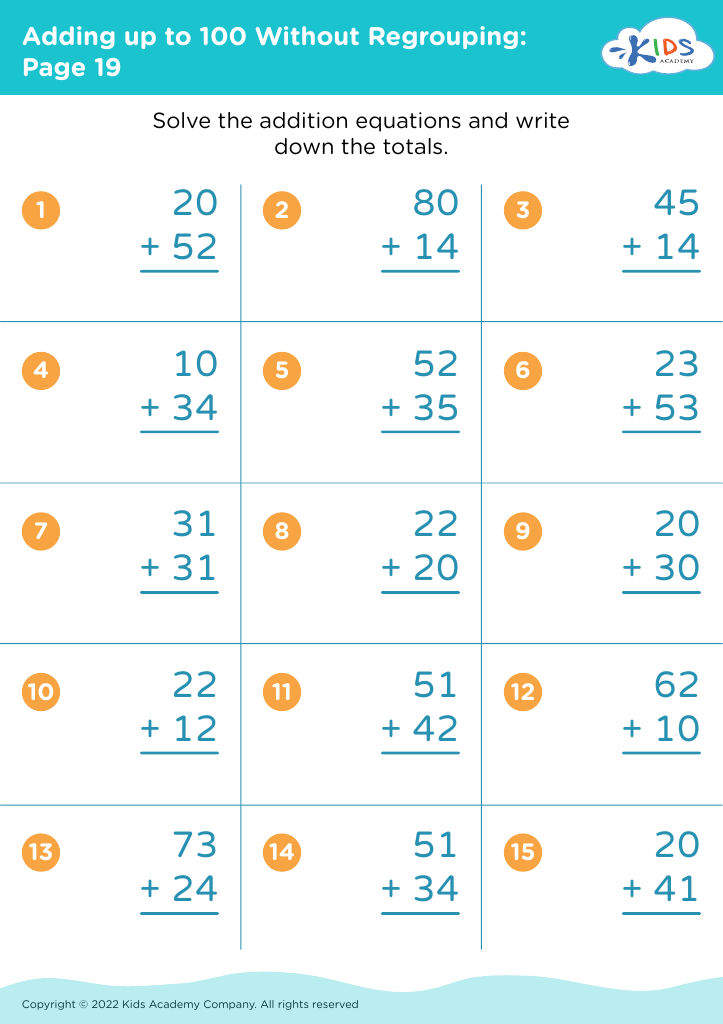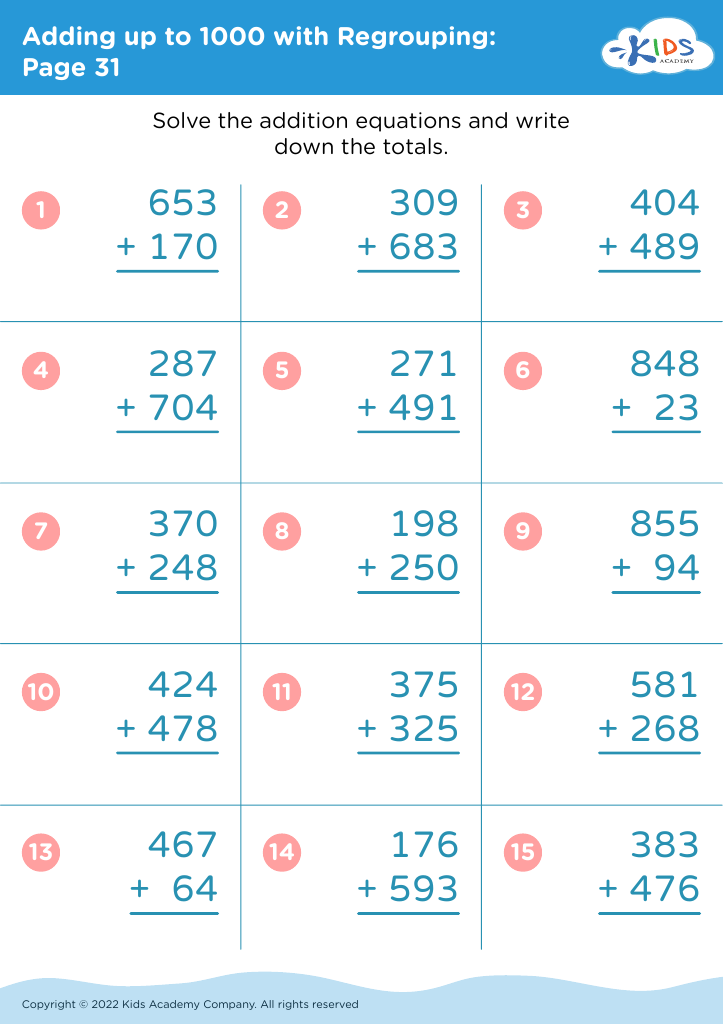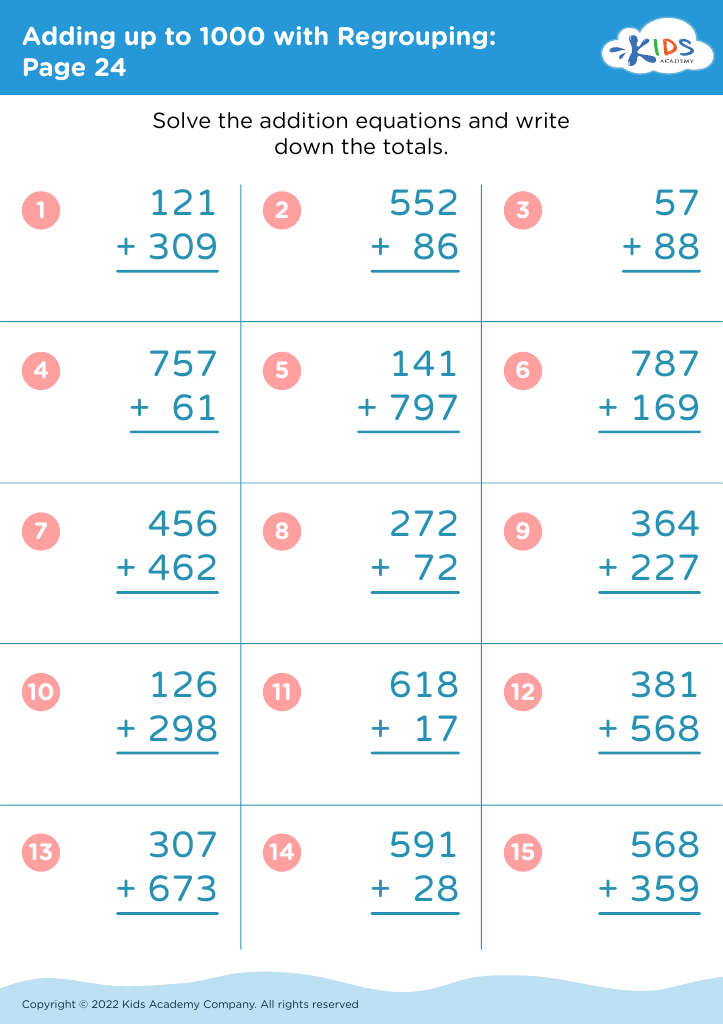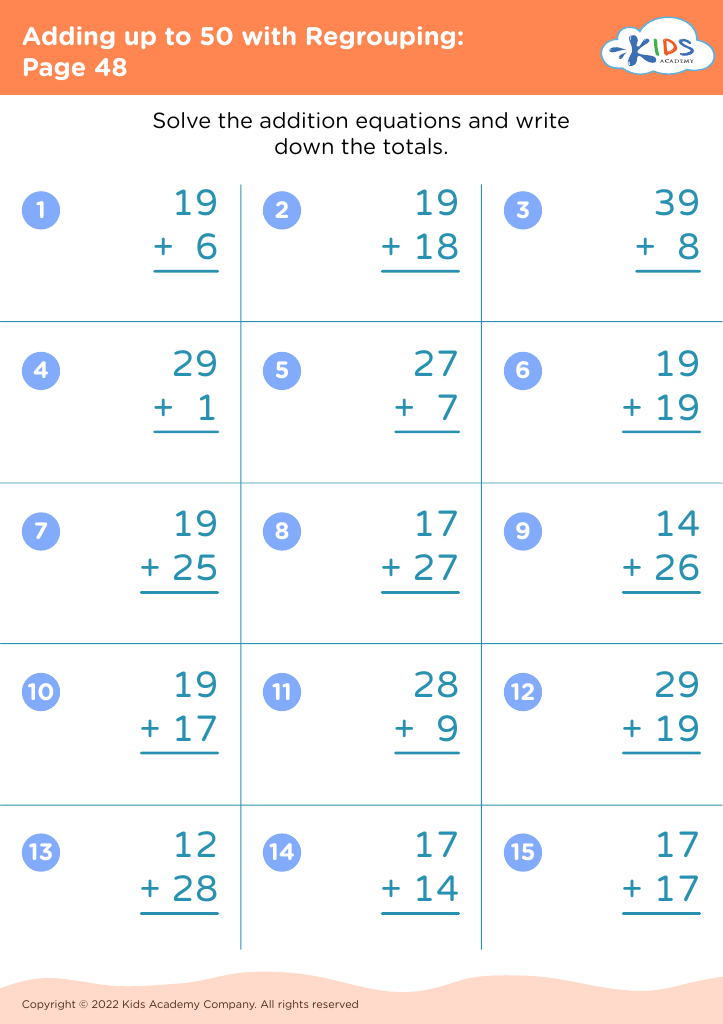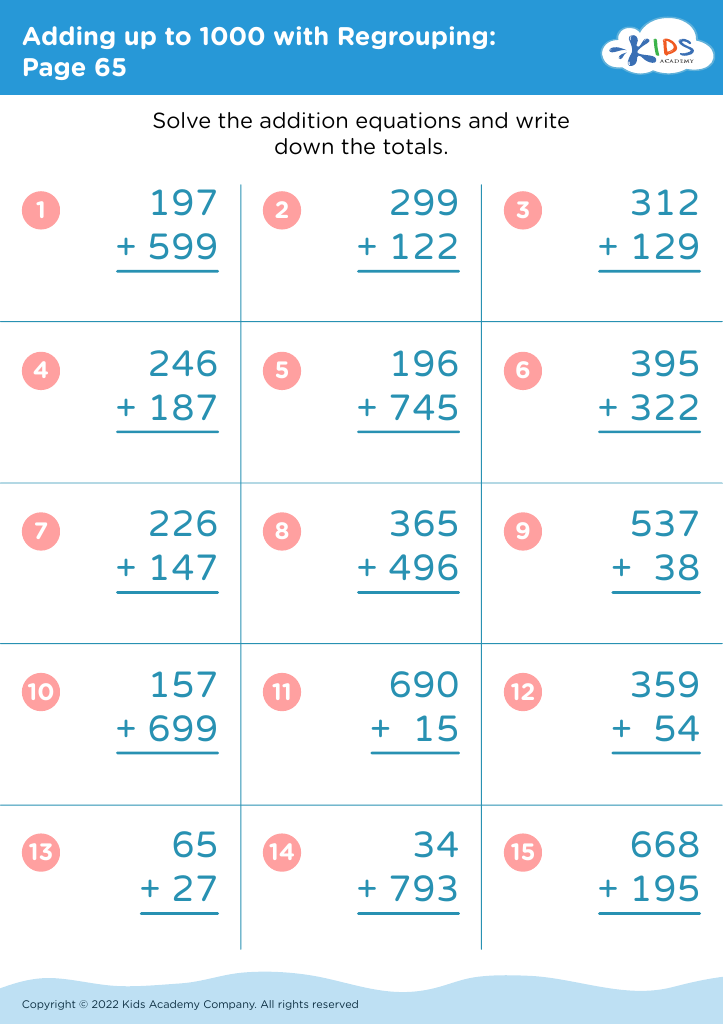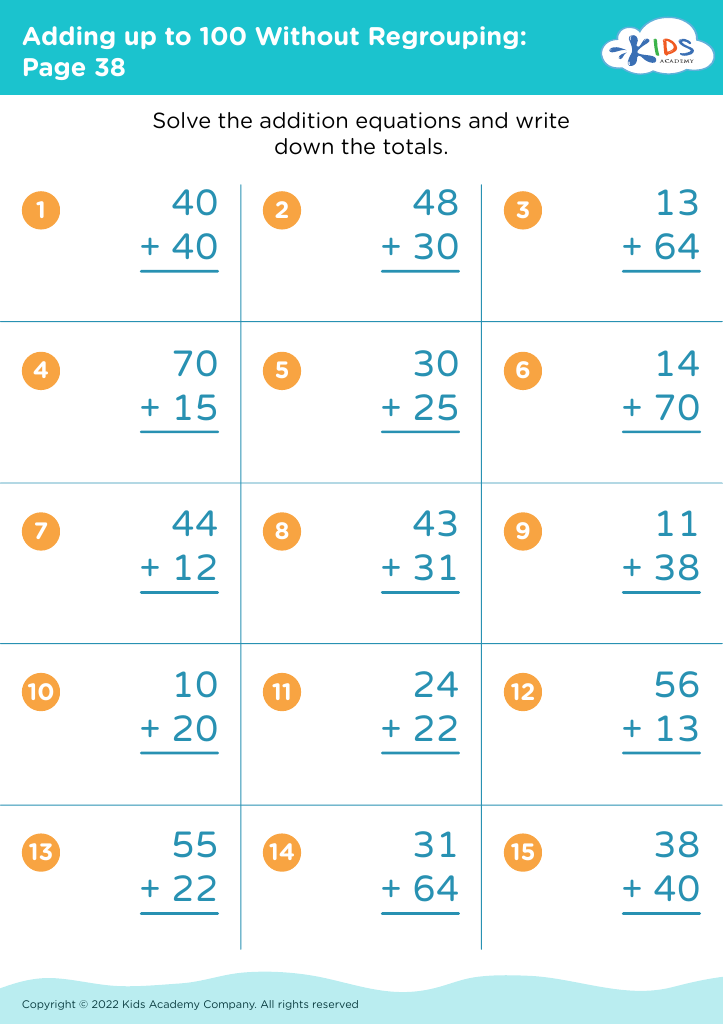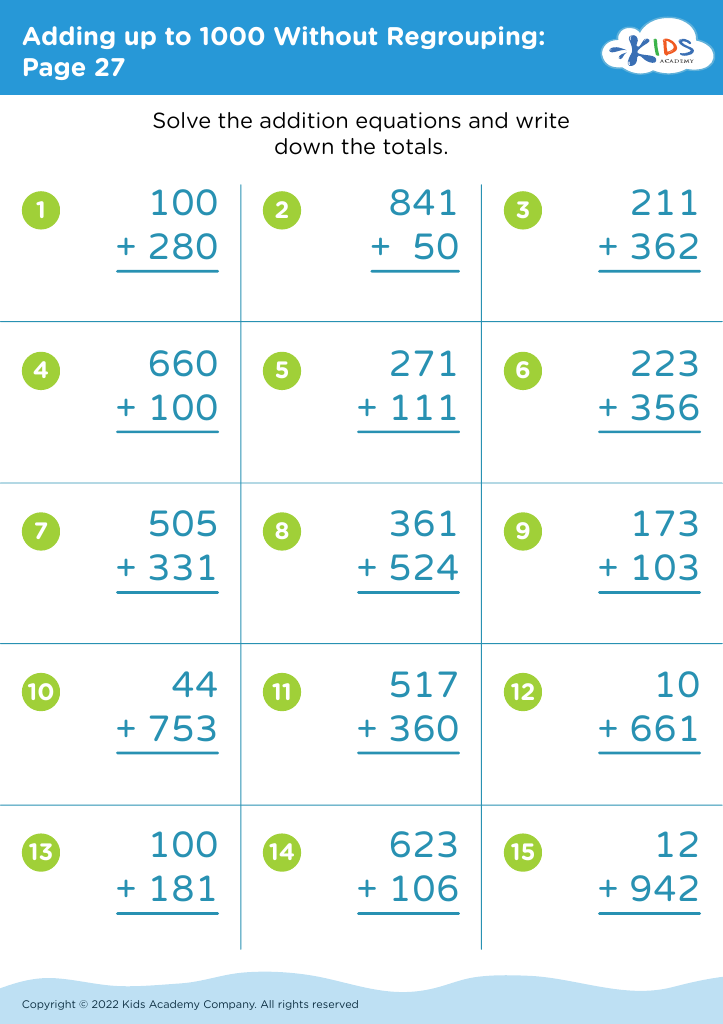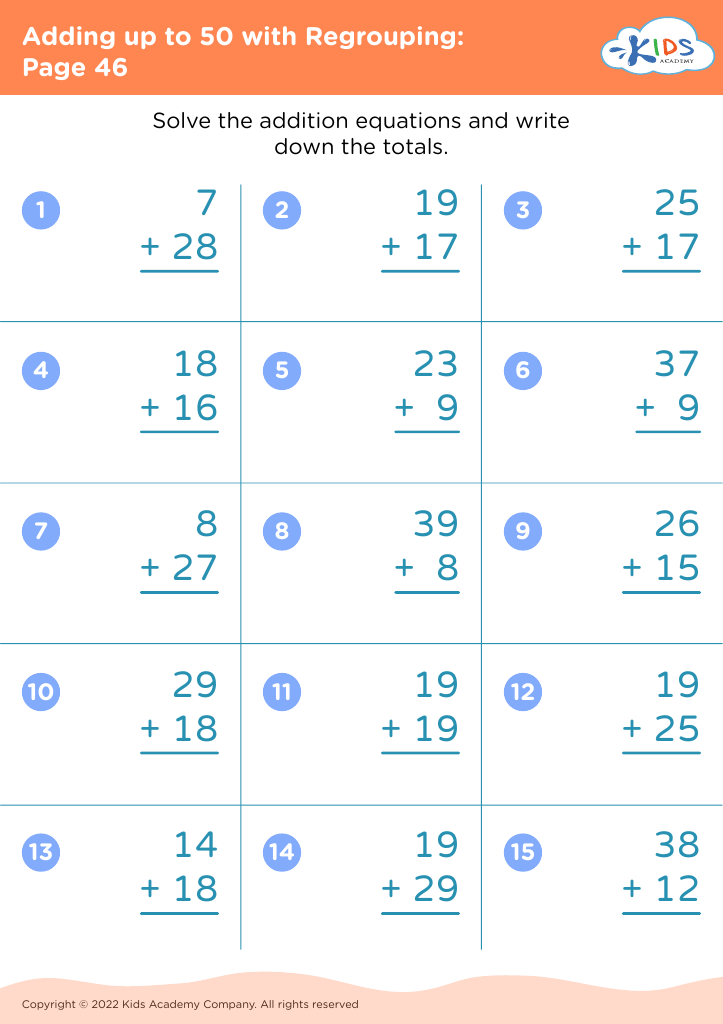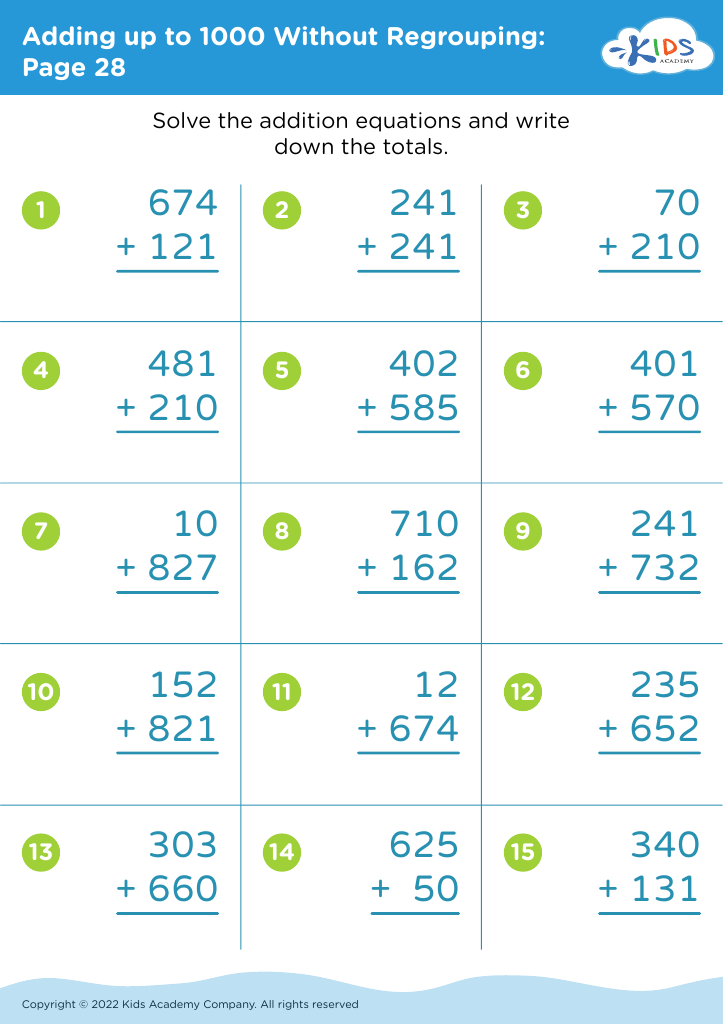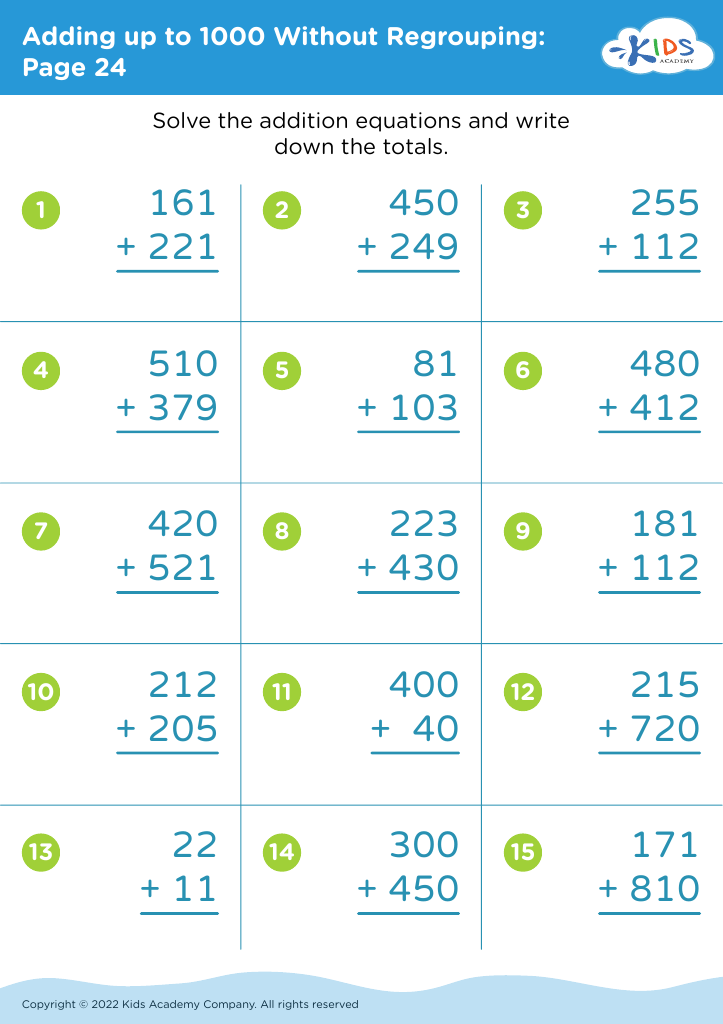Simplifying Fractions Math Worksheets for Ages 7-8
22 filtered results
-
From - To
Discover our engaging "Simplifying Fractions" math worksheets designed specifically for children ages 7-8. These user-friendly resources help young learners grasp the fundamental concept of simplifying fractions through fun, interactive exercises. Each worksheet features colorful visuals and step-by-step instructions, ensuring that students build confidence as they practice reducing fractions to their simplest form. Perfect for classroom activities or home learning, our worksheets cater to various skill levels, making math enjoyable and accessible for every child. Empower your student with the skills necessary to succeed in fractions and foster a lifelong love for math today! Explore our printable options now!
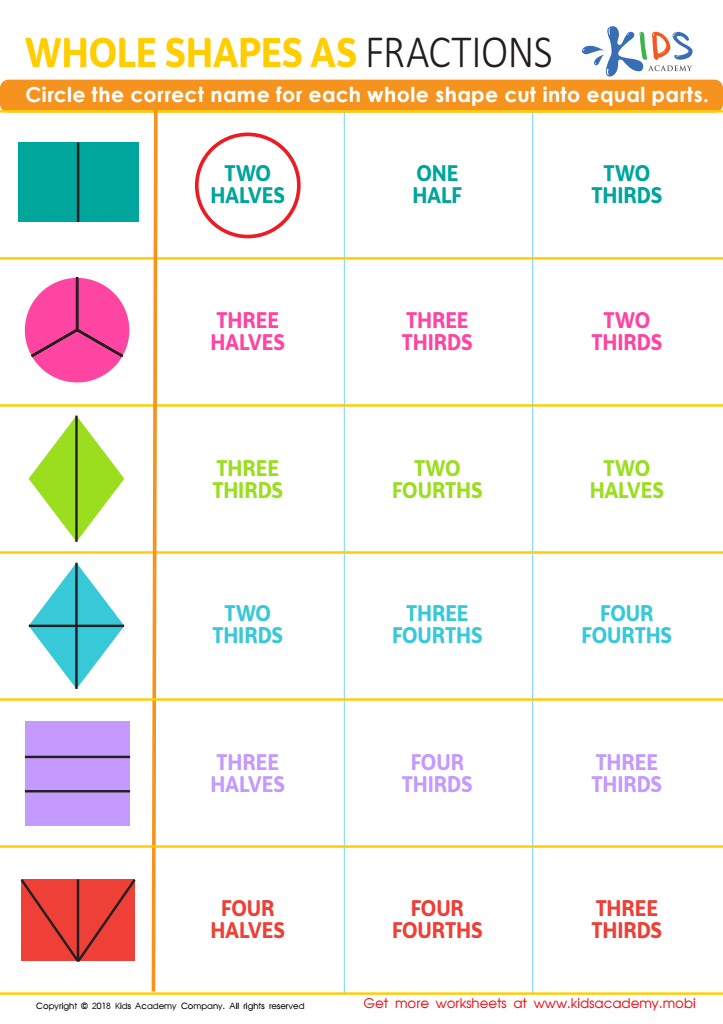

Whole Shapes as Fractions Worksheet
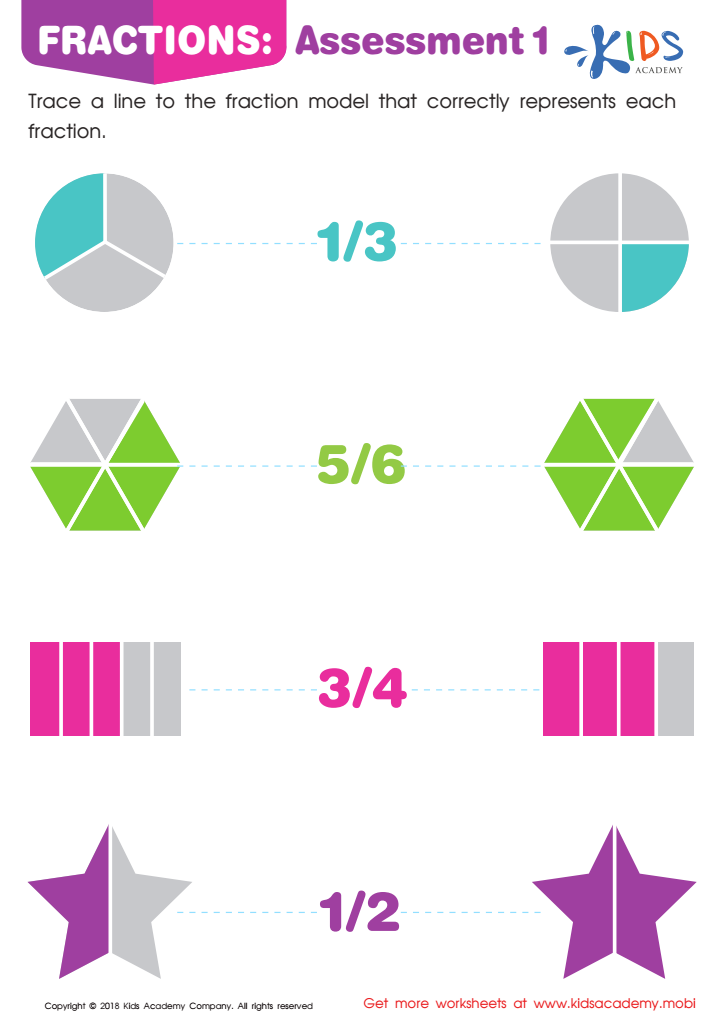

Fractions: Assessment 1 Worksheet
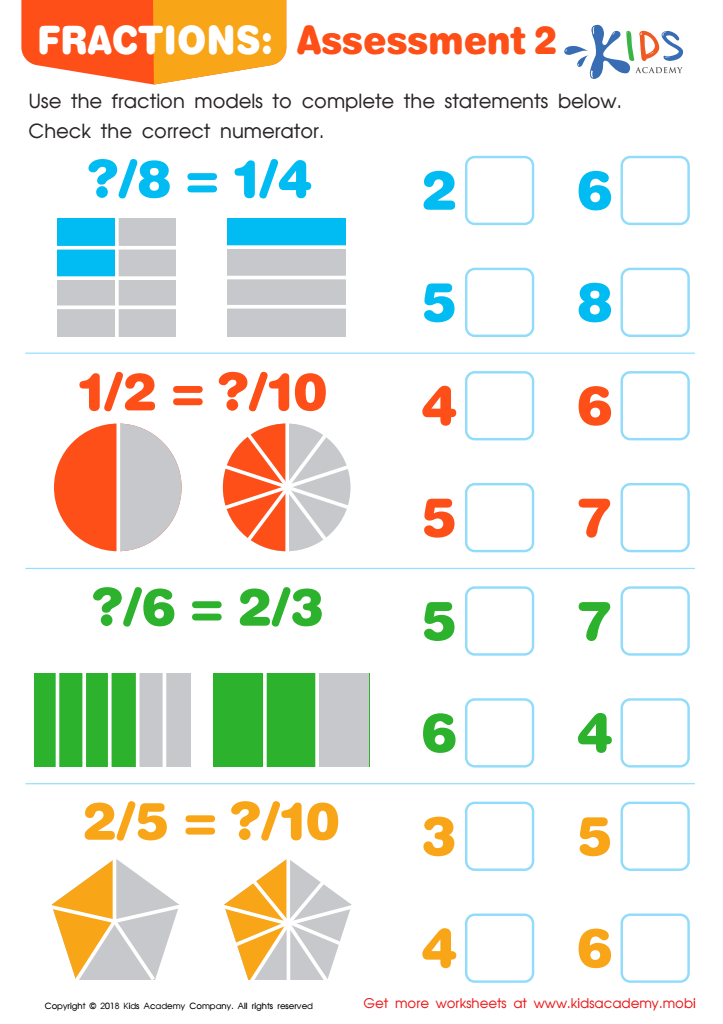

Fractions: Assessment 2 Worksheet
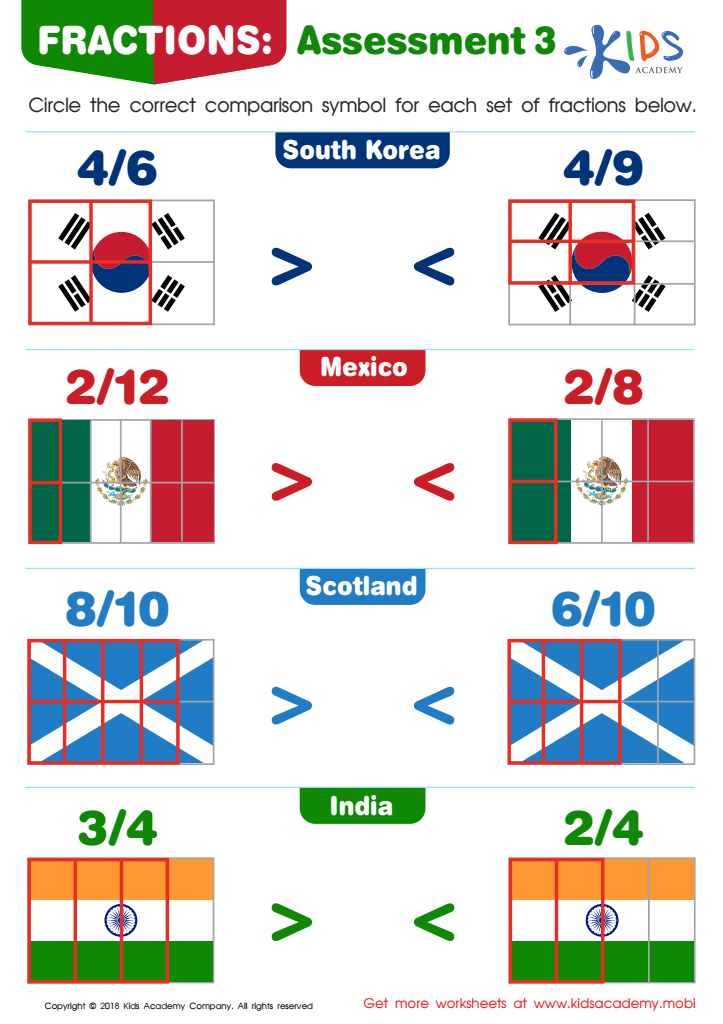

Fractions: Assessment 3 Worksheet
Simplifying fractions is an essential mathematical skill for children aged 7-8, as it lays the groundwork for more complex fraction concepts and overall number sense. Understanding how to simplify fractions fosters critical thinking and problem-solving skills, which are vital in all areas of learning.
When parents or teachers emphasize simplifying fractions, they help children grasp the notion of equivalence, showing that different fractions can represent the same quantity. This understanding enhances their ability to compare, order, and manipulate fractions, fostering confidence in math-related tasks. Furthermore, mastering simplification helps alleviate math anxiety, as students feel more competent and prepared for challenges.
In the broader context of the curriculum, simplifying fractions paves the way toward understanding concepts such as addition, subtraction, and multiplication of fractions, which they will encounter in later grades. Moreover, cultivating these skills promotes perseverance and resilience; students learn that they can break down complex problems into manageable parts.
Overall, prioritizing the simplification of fractions equips young learners with critical mathematical tools, enhances their cognitive development, and fosters a positive attitude towards learning that will serve them well throughout their academic journey and beyond.
 Assign to My Students
Assign to My Students

